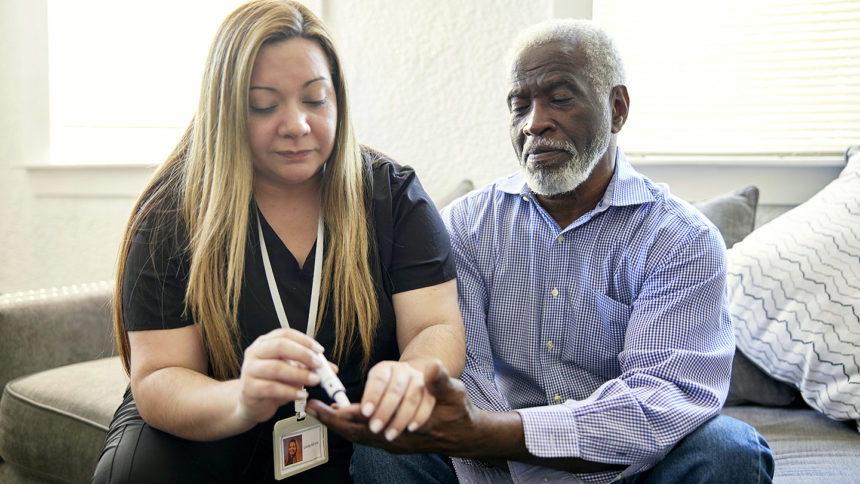
Black, Hispanic and American Indian and Alaska Native (AIAN) people have experienced higher infection rates and deaths from COVID-19 than white people over much of the pandemic.
That’s according to a report from the Kaiser Family Foundation published Tuesday.
These disparities have changed over time, the authors noted. During the early pandemic, death rates were “substantially higher” among most groups of color when compared with white people. But since late Summer 2020, there were periods when death rates for white people were either higher than or similar to those in some groups of color, they reported.
Still, AIAN, Black, and Hispanic people have experienced higher rates of infection, hospitalization and death overall, the data show. These disparities in death among people of color were particularly notable during COVID-19 surges, investigators found.
Vaccination uptake
Black and Hispanic people also have been less likely to receive initial COVID-19 vaccinations than their white counterparts, the authors added. This disparity has narrowed over time and has even reversed in the case of Hispanic people. Yet the data also show that receipt of an updated bivalent booster, which has had low uptake overall, is lagging further among eligible Blacks and Hispanics. These groups are approximately half as likely to have received an updated booster than their white peers.
Addressing equity
These data suggest that racial disparities in healthcare remain persistent even while awareness about inequities has grown, the authors wrote. The findings provide more evidence of underlying structural inequities and highlight the need to focus on equity when addressing gaps in healthcare access as the COVID-19 recovery continues, they concluded.
Related articles:
COVID-19 mortality tied to racial disparities in nursing homes, industry expert says




